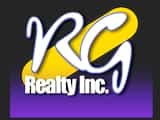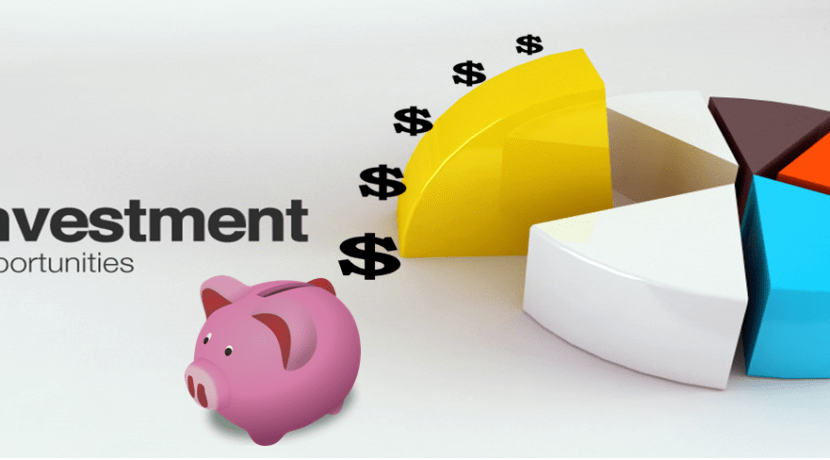Real Estate Investors
For many Real Estate Investors , the concept of real estate investing ties strongly to price appreciation. Buy a property now, and sell it later for more money. Whether it’s a “flip” sold a month later or a building held for 25 years and sold, the approach is the buy-low, sell-high strategy you might see from a stock-market investor.
But real estate investments aren’t the same as stocks or bonds. One big, obvious difference is cash flow. Even the best-paying stock dividends don’t mimic the cash flow that can come with a real estate investment.
One big advantage that gives the real estate investors the ability to hedge their bets. Warren Buffet, considered by many to be the world’s greatest investor, once listed his two rules of investing:
Rule No. 1 – Never lose money
Rule No. 2 – Never forget Rule No. 1
Of course, it’s impossible never to lose mone; even Buffet has had some investments that didn’t turn out so well. But one of the ways to guard against losing money on a real estate investment is to keep cash flow in mind, rather than simply trying to buy low and sell high.
With today’s low mortgage interest rates and high residential rental rates, even single-family homes can generate significant cash flow for residential real estate investors. Here’s an example:
If an investor were to purchase a $100,000 house with 20 percent down and a fixed-rate, 30-year mortgage at 4 percent, the monthly payment (including taxes and insurance) would be about $616. In an area with high market rents, maybe the investor gets $1,100 per month. That would be a monthly cash flow of $484.
That works out to $5,808 per year, which is an annual rate of return of 29 percent on that $20,000 invested. That’s a rate of return that would be attractive to just about any investor, and it occurs regardless of whether the property rises in value.
By contrast, the year-over-year appreciation rate nationwide was about 6.2 percent at the end of September. Of the top 40 largest cities in the U.S., only 15 had annual price growth of at least 8 percent, a rate of return just about anybody can get with a safe index fund. The top city in the country for home appreciation, Seattle, had a year-over-year rate of 14.1 percent, still less than half the rate of return on the cash-flowing property.
No expert is predicting that it will happen again, but the real estate crash of 2008 did teach a lesson that few had ever considered: that home prices can fall. Even if they don’t fall, a simple flattening of prices will put real estate appreciation returns below those of a safe index fund.
Thinking back to Buffet’s rules, sure, a property that does not fall in value might appear to be not losing money. But if you could earn a better rate of return on that money with a simple, more liquid mutual fund, some might say you are losing money.
But cash flow on a real estate investment is not determined by the value of the property. When a tenant signs a lease, that’s what they pay each month, even if the home were somehow to become worth nothing. As long as the property rents, the investor is guaranteed a certain rate of return no matter what happens to the property’s value.
Maybe as important is the fact that you can use cash flow for other things: paying monthly expenses, going into a college fund, or reinvesting. None of those things can be done with a property appreciation until that property is sold.
And that’s why cash flow might be a more critical number for real estate investors than price appreciation.
This website and its content is Copyright © 2016 Roberto Gonzalez All Rights Reserved



